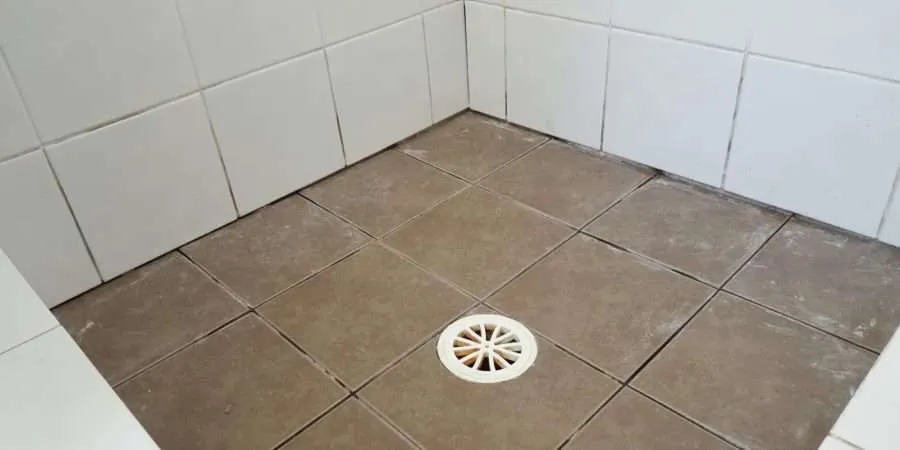Preventing Water Damage in the Bathroom
Preventing Water Damage in the Bathroom
Blog Article
We have stumbled on this post on How to Repair and Prevent Bathroom Water Damage down the page on the net and felt it made sense to write about it with you over here.

The bathroom is very vulnerable for damp build-up and also potential water damages due to the regular use water in it. This short article supplies simple assessment techniques to assist identifying water damage dangers.
The frequent use of water in the shower room makes it extremely susceptible for wet accumulation as well as possible water damage. By examining it consistently, you can reduce water related problems.
The adhering to set of inspections is easy to carry out and also need to be done once in every three months in order to maintain your washroom in good shape and also to prevent prospective water damages caused by the bathtub, the shower, pipe joints and plumbing, sinks, closets, and the commode
Do not overlook executing these inspections as well as be complete while executing them. Remember that these straightforward inspections can save you a lot of money by offering very early signs for water damages
Sinks and also Cabinets
Sinks and cabinets are exposed to moisture and humidity everyday as well as are typically neglected. Check on a regular basis under the sink as well as on the kitchen counter over it. Repair any type of drip in the catch as it may suggest drain issues. Browse the sink, sluggish draining pipes may suggest a blocked drain. Replace sink seals if they are broken or loose.
Bathtub and Shower
The shower and bathtub call for unique focus and also upkeep. Inspect the ceramic tiles as well as replace if broken. Ensure that there is no missing grout in between the floor tiles. Check as well as replace broken caulking at joints where the walls meet the flooring or the bath tub. Blocked drains and pipes troubles will certainly stop the tub from drying and might suggest major problems beneath the bath tub. Seek advice from an expert promptly to avoid structural damage. Take notice of stainings or soft areas around the bathtub wall surfaces as they may suggest an internal leakage.
Plumbing
Signs for water damages are difficult to spot given that a lot of pipes are mounted inside the wall surfaces.
Pay unique interest to flooring and also wall surfaces moisture and also spots as they may show an undetectable plumbing issue. Examine wetness levels in adjacent spaces as well.
The Commode
The toilet is an at risk water joint. Check the water lines and look for leaks around the commode seat, in the hose pipe, and also under the water storage tank. If you detect any kind of signs of dampness on the floor around the commode, check for leakages in the toilet rim and also storage tank seals.
Be aware that hanging bathroom bowl antiperspirants increases the possibilities for clogs.
TIPS TO PREVENT WATER DAMAGE IN THE BATHROOM
The average household uses approximately 80-100 gallons of water per person per day. For a family of 4, that's almost 2,500 gallons of water a week! The largest portion of this consumption comes from bathroom use. Flushing the toilet uses the most water, followed by taking a shower or bath. With that much water running through the home, water damage in the bathroom is bound to happen. Knowing how to spot signs of a water leak is essential to preventing long-term damage. This guide provides you with tips to reduce the impact of water damage on your bathroom.
CAUSES OF BATHROOM WATER DAMAGE
Pipe breaks are the most common cause of water damage we see in our daily jobs. The age of a pipe plays a large role in a pipe break as well as corrosion. Over time, the metal begins to break down, allowing water to escape. Frozen pipe breaks are also a concern in the winter months. Toilet overflows caused by paper products or children flushing inappropriate items. Degraded caulking around the toilet or bathtub can allow water seepage, sometimes behind the fixture, into the subfloor or walls. Condensation forms when the water in a pipe is cooler than the air temperature. Beads of water form on the exterior of the pipes, sometimes so much so that the water begins to drip and pool below. Sink or shower backups created by poor drainage. HOW TO PREVENT WATER DAMAGE IN YOUR BATHROOM
Inspect your toilet supply line for worn or frayed hoses and replace them as needed. Winterize your plumbing to prevent a frozen pipe break. Use vent fans to prevent condensation that can lead to mold growth. Routinely check and replace degraded caulking around your toilet or bathtub. Increase the temperature in your toilet tank and insulate your pipes during the warm summer months to keep condensation from forming. Use child safety locks on the toilets. Flush only toilet paper. "Flushable" wet wipes are actually not good for your plumbing system. Additionally, feminine hygiene products should not be flushed. Prevent water from escaping the tub or shower. Make sure shower curtains are in good condition. Inspect shower doors and replace the seal strip if necessary. Wipe up any water that accumulates on the floor and use bath mats. Water left to sit can cause damage to the tiles and flooring. Refrain from using bath products containing heavy oils to avoid a clogged drain.

Hopefully you enjoyed reading our excerpt about How to Prevent Bathroom Water Damage. Thank you for taking a few minutes to browse our article post. Don't hesitate to set aside a second to share this article if you appreciated it. I truly appreciate reading our article about Preventing Water Damage in the Bathroom.
Go Services Report this page